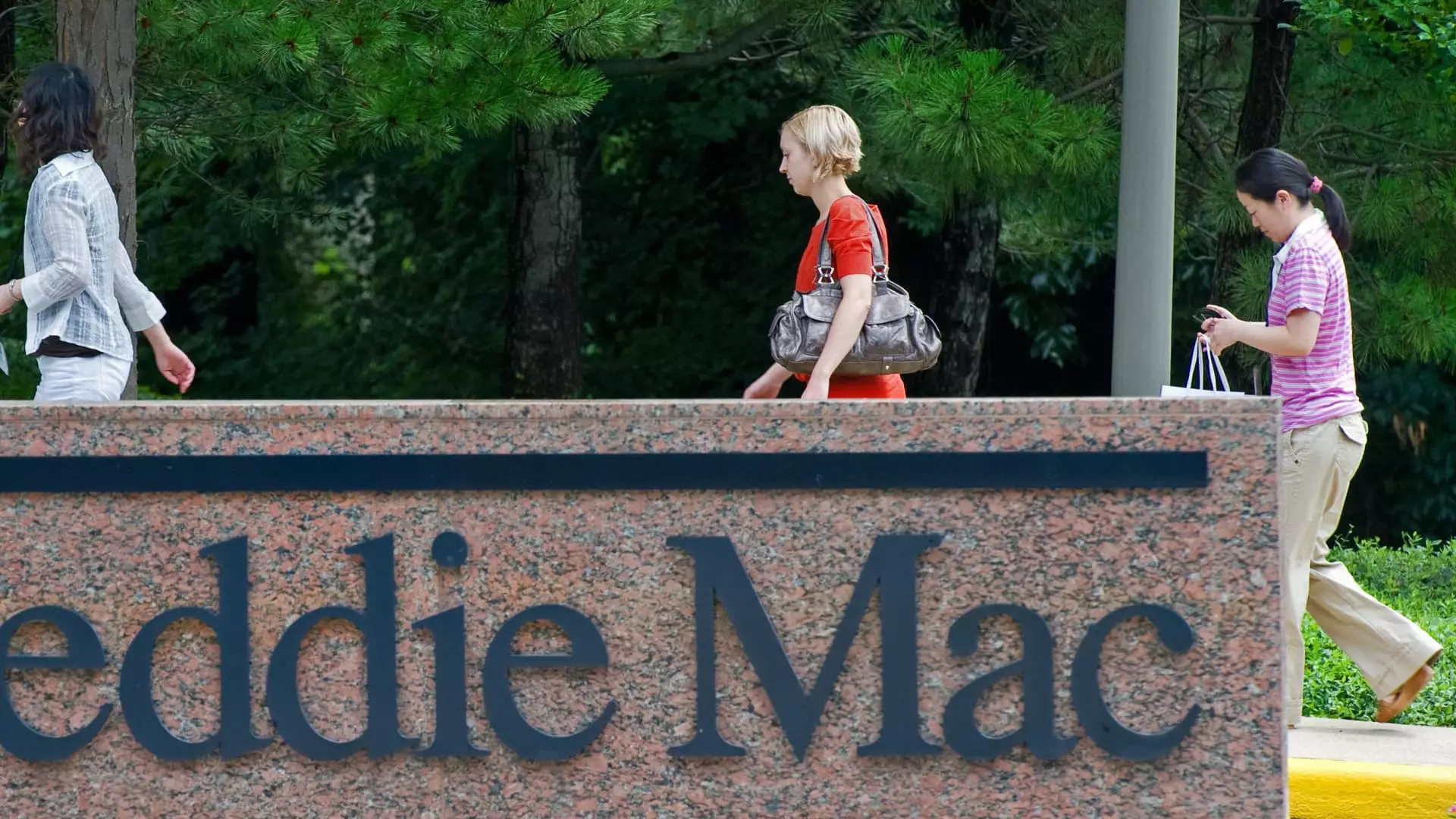Fannie Mae and Freddie Mac, two government-sponsored enterprises (GSEs) that play a pivotal role in the U.S. housing market, have been under government conservatorship since 2008. This arrangement followed their near-collapse during the financial crisis, leading to significant federal intervention designed to stabilize the housing sector. As discussions around privatizing these mortgage giants gain traction once again during President Donald Trump’s second term, understanding the ramifications of such a shift becomes imperative. The question remains: what would a transition out of conservatorship mean for the housing market and broader economy?
The financial crisis of the late 2000s was significantly exacerbated by the proliferation of complex and risky mortgage products. As the housing bubble burst, taxpayer-funded bailouts became necessary to avert total market collapse. The enactment of conservatorship aimed to mitigate risks associated with Fannie Mae and Freddie Mac’s operations, which at their peak were responsible for approximately 70% of home mortgage originations. Their functions include purchasing existing loans from lenders and either holding them or converting them into mortgage-backed securities for investors, a practice central to liquidity in the mortgage market.
Under conservatorship, Fannie and Freddie have been restrained by myriad regulations that necessitate an emphasis on stability rather than profit maximization. Such constraints were deemed vital for maintaining the overall health of the housing finance system in the wake of the 2008 crisis. However, the potential release from government control opens a Pandora’s box of implications and uncertainties.
In his previous term, Trump expressed a desire to privatize Fannie Mae and Freddie Mac but faced significant obstacles, primarily due to the economic complexities involved. Analysts assert that, although Trump has yet to reiterate pushing this agenda as a priority, the topic is resurfacing. Discussions have emerged regarding amending agreements with the Treasury Department, hinting at a potential shift towards reduced government oversight.
Experts’ opinions vary regarding the feasibility and timing of such a transition. Conversations within the administration indicate a focus on bolstering the housing market and minimizing federal liabilities. Furthermore, the anticipated impact of a potential release on mortgage rates also looms large, as higher borrowing costs for consumers could ensue if market participants perceive increased risks associated with the once-fully-backed entities.
The Potential Outcomes of Market Re-entry
Should Fannie Mae and Freddie Mac successfully exit conservatorship, varying outcomes are likely depending on the degree of federal support retained post-liberation. Higher interest rates—prompted by perceived risks from investors—could translate to escalated mortgage costs for consumers. According to Mark Zandi of Moody’s Analytics, the extent of rate increases would depend on how the process is navigated and executed.
As these GSEs prepare to re-enter the market, they face the challenge of managing investor expectations while ensuring that homebuyers can still access affordable mortgage options. For many, the prospect of a return to higher borrowing costs raises concerns about the affordability of homeownership, particularly as a significant number of Americans continue to rely heavily on mortgages for property acquisitions.
Concerns voiced by experts underscore the risks tied to privatizing these mortgage giants. For instance, economist Susan Wachter warns that inadequate planning or missteps during the transition could trigger another housing market crisis. Further complicating matters, the GSEs’ ability to effectively operate as autonomous entities post-conservatorship remains uncertain. The possibility of returning to the cycle of risky mortgage products, without the stabilizing influence of government backing, is a worry that demands significant scrutiny.
Experts also highlight the dynamic nature of the current housing market in understanding the ramifications of GSE privatization. With a noticeable uptick in all-cash home purchases, partly a response to heightened market uncertainties, the growing segment of Americans still dependent on financed home-buying faces a precarious future under changing interest rates.
Ultimately, the future of Fannie Mae and Freddie Mac lies in a delicate balance between re-establishing their role in the mortgage market and guarding against the mistakes of the past. While the administration’s stance on privatization remains unclear, the conversation surrounding these giants and their impact on the housing market will undoubtedly intensify as the implications of government intervention become ever more pressing. The complexities associated with releasing these entities from conservatorship warrant thorough examination, as stakeholders grapple with the potential for a return to volatility in the U.S. housing finance landscape. As we stand at this crossroads, all eyes are on the decisions made in Washington and their reverberations on the mortgage market and everyday Americans seeking to achieve homeownership.

Leave a Reply